Template for Resignation Letter Two Weeks Notice
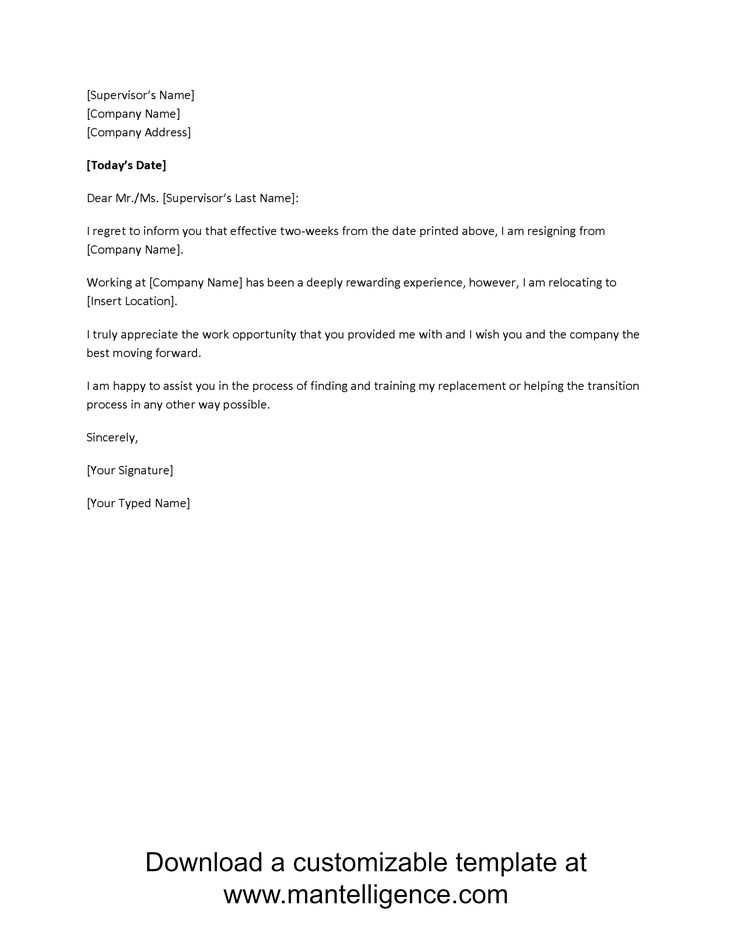
When deciding to part ways with your current job, it’s essential to communicate this decision professionally and courteously. This formal announcement ensures a smooth transition, allowing both parties to prepare adequately for the change. Crafting this type of message requires a balance between politeness and clarity, as well as providing ample time for your employer to find a replacement or make necessary arrangements.
Essential Components of a Professional Exit Communication
Your formal message should include several key elements to ensure that your intent is clear and your departure is as seamless as possible. The following aspects are crucial:
- Clear Intent: State your decision to leave without ambiguity, making sure it’s easy for your employer to understand your position.
- Timeframe: Mention the duration you plan to remain at the company before your departure. This helps with the transition process.
- Gratitude: Express appreciation for the opportunities you’ve had during your employment.
- Contact Information: Offer to assist in any way during the transition period, ensuring a smooth handover of responsibilities.
Why Giving Ample Time Matters
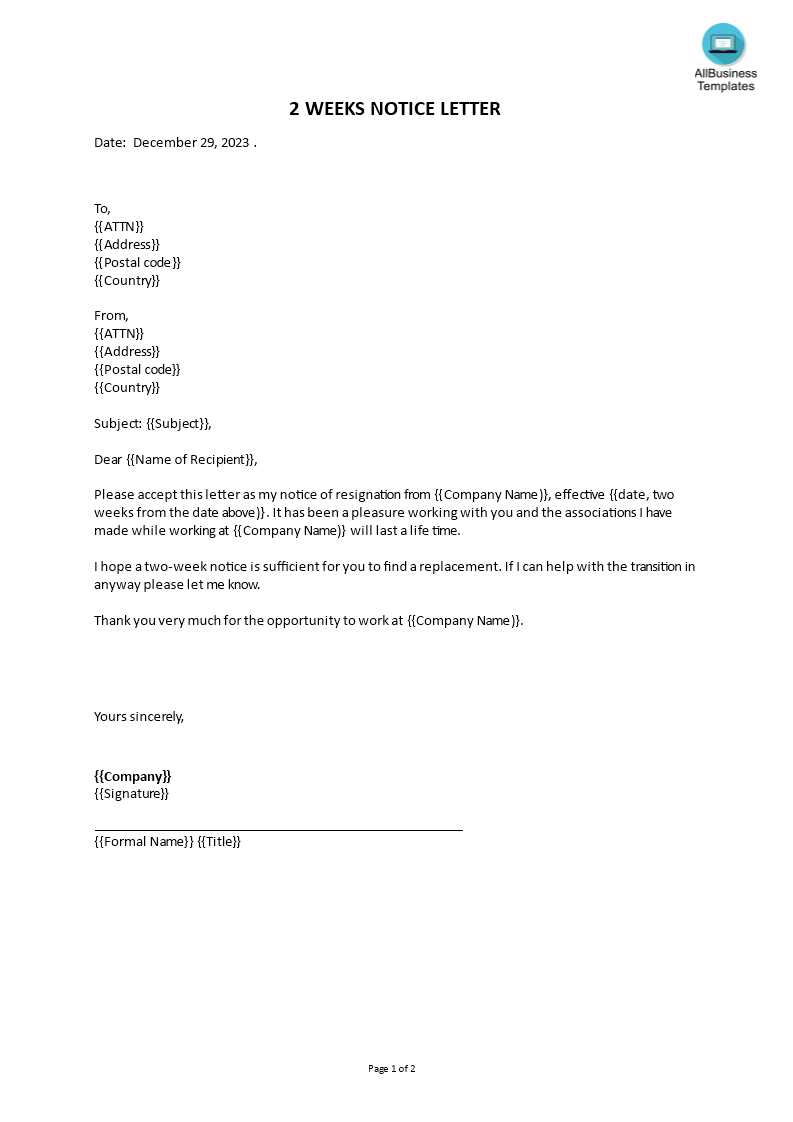
Providing sufficient time before leaving is a professional gesture that benefits both you and your employer. It demonstrates respect for the company and helps facilitate a smoother handover of your duties. Additionally, offering a reasonable period helps maintain a positive relationship, which could be valuable in the future.
How to Keep a Positive Tone
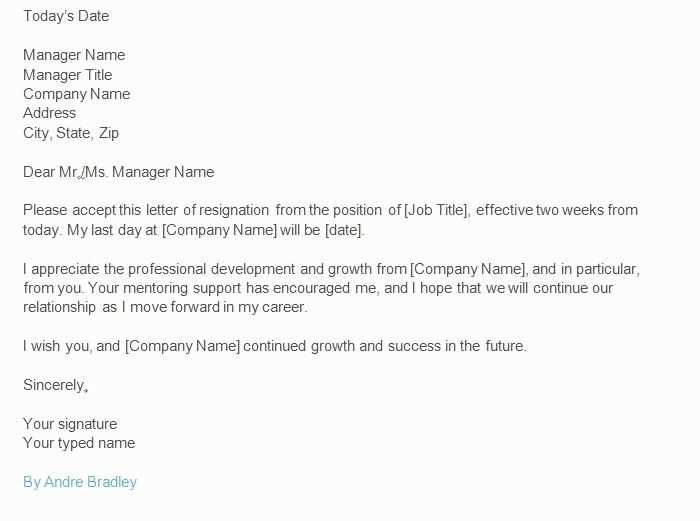
While the situation may be emotionally charged, maintaining a neutral and professional tone is critical. Focus on expressing your gratitude, avoiding any negative remarks or frustrations. A professional tone helps preserve your reputation and leaves the door open for potential opportunities down the road.
Common Pitfalls to Avoid
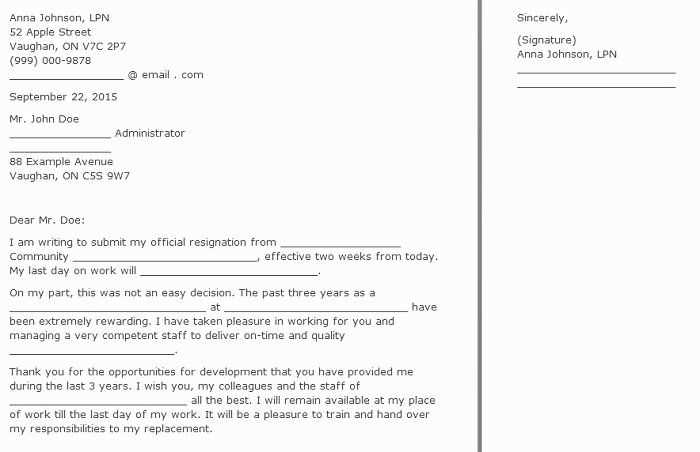
When crafting your communication, keep in mind some common mistakes that can harm your professional image:
- Leaving Without Proper Notice: Failing to give adequate time for your employer to adjust could damage your relationship.
- Being Vague: Lack of clarity about your intent or timeline can cause confusion and may hinder the transition process.
- Burning Bridges: Even if you had a negative experience, avoid airing grievances. Always strive to leave on good terms.
By following these guidelines and taking the time to craft a thoughtful and respectful message, you can ensure that your departure is handled professionally and with consideration for everyone involved.
Understanding the Transition Process and Communicating Your Decision
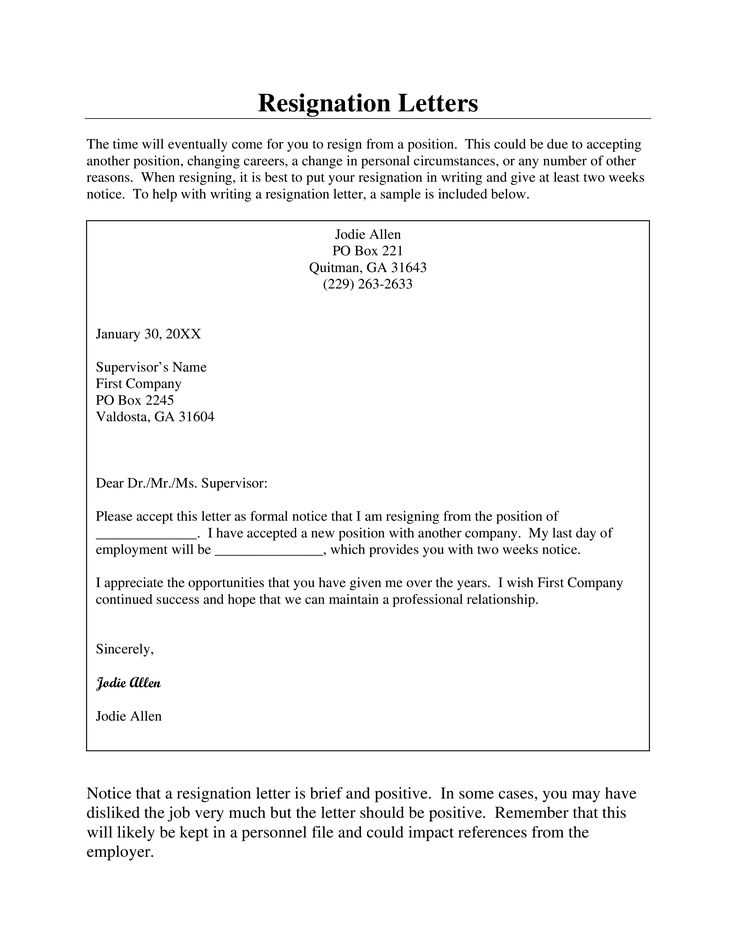
When deciding to move on from your current position, it’s important to notify your employer in a structured and professional manner. Doing so allows for a smooth changeover, making sure both parties are prepared for the shift. This section will guide you through the essential elements of a formal announcement, covering how to properly convey your decision, avoid common mistakes, and maintain a positive relationship moving forward.
Drafting a formal communication involves several steps. The first is to clearly state your intention to leave and specify the timeframe during which you will continue working. Providing this information ensures that your employer can plan for the transition accordingly. Beyond the basic facts, it’s important to include your appreciation for the time spent with the company and offer assistance during the handover period.
The key components of this communication should include a direct statement of departure, the proposed timeline for finishing your duties, and an expression of gratitude. Maintaining a professional tone throughout this message is critical, as it helps preserve your reputation and reflects well on your career. Avoid using negative language or making the situation uncomfortable, as this can affect how you are remembered and limit future opportunities.
Timely and clear communication is essential in any workplace. Giving your employer enough time to prepare for your departure ensures that all responsibilities are accounted for and that the transition is as smooth as possible. Offering to assist with the handover process, even after you leave, can strengthen your professional network and reputation.
There are several common errors people make when leaving a job. These include being vague about the departure date, failing to provide sufficient time for preparation, and failing to express thanks or offer help with the transition. Avoiding these pitfalls will ensure that your departure is handled with professionalism and grace.
Once you’ve communicated your decision, the next steps involve wrapping up any ongoing tasks, passing on necessary information, and ensuring that your team is prepared for your absence. Remaining engaged during this process and offering to help with training or other preparations shows your commitment to a positive transition.